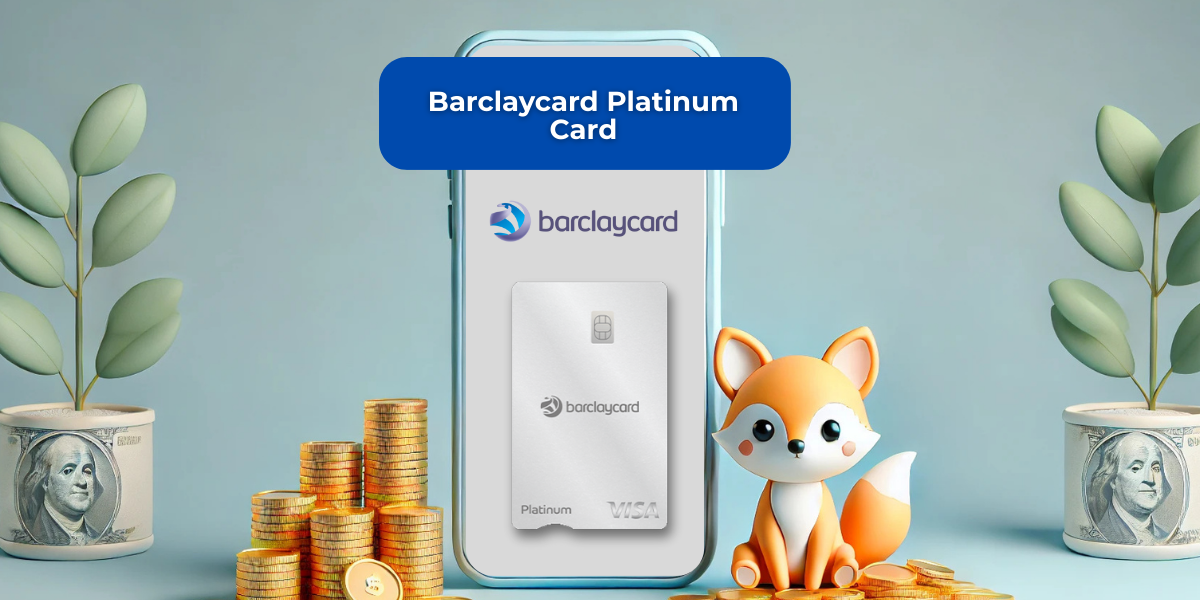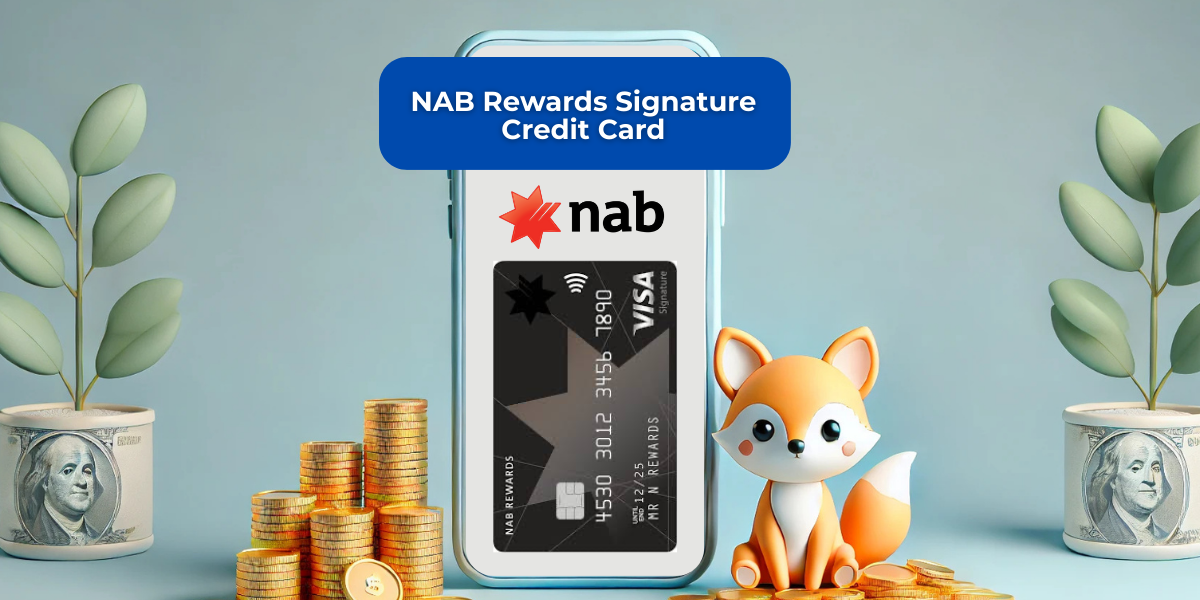Applying for the right credit card can unlock valuable benefits and build your financial future. Yet, many applicants stumble before they even begin. Understanding common pitfalls and how to sidestep them will help you boost your approval odds and establish a stronger credit profile.
Mistake 1: Applying for Too Many Cards at Once
Submitting multiple applications in a short span can triggers multiple hard inquiries on your credit report. Each inquiry signals risk to lenders and can shave points off your score. Chase’s “5/24 rule” automatically declines anyone who has opened five or more cards in the past 24 months, and other issuers follow suit with similar undisclosed policies.
Instead, space out applications by at least six months and apply only for cards that align with your credit profile. This measured approach protects your score and improves your chances of approval.
Mistake 2: Not Checking Your Credit Report for Errors First
Errors on credit files are alarmingly common. Studies show that credit report errors are surprisingly common, with 20% of consumers affected by at least one mistake and 5% facing severe inaccuracies that alter borrowing costs. Incorrect personal details, outdated balances, or unfamiliar accounts can all derail an application.
Before you hit submit, review reports from all three bureaus. Dispute any errors swiftly to ensure your file accurately reflects your payment history and balances.
Mistake 3: Applying with a Credit Score That’s Too Low
Chasing premium cards without the necessary score is a recipe for rejection. Data from CardMatch users reveals that those with credit utilization under thirty percent enjoy a 91% approval rate, while above 30% utilization drops approval to just 66%.
Check the typical score requirements for each card tier and monitor your utilization. Keeping balances below 30% of your available credit is a simple, effective step toward higher approval chances.
Mistake 4: Failing to Understand Issuer-Specific Internal Rules
Beyond published benefits and rates, many issuers enforce hidden rules. These unique internal rules of issuers may require an existing banking relationship, limit bonus eligibility by year, or cap the number of cards you can open.
Research forums, speak with customer service, and tap into pre-qualification tools offered by the issuer. That background knowledge can make the difference between acceptance and an unexplained denial.
Mistake 5: Ignoring Pre-Approval and Eligibility Checks
Skipping pre-qualification is like shooting in the dark. Many card issuers provide soft-check tools that won’t ding your score but will give you a realistic look at your odds. Without this step, you might inadvertently miss pre-approval or eligibility checks and suffer unnecessary hard inquiries.
Leverage these free tools, review required income and employment thresholds, and only apply when you meet the minimum criteria.
Mistake 6: Not Monitoring Your Credit Utilization and Accounts
Lenders closely observe how much of your existing credit you’re using. Exceeding 30% utilization can trigger denials even if your payment history is flawless. Establishing a manage your existing credit utilization routine—such as making mid-month payments—can keep your reported balances low.
Also, regularly scan statements and credit reports for unauthorized activity. Early detection of fraud protects your score and your wallet.
Mistake 7: Overlooking Terms, Fees, and Card Features
It’s easy to focus on signup bonuses and forget about the finer print. Many applicants fail to thoroughly review card terms, resulting in surprise annual fees, higher interest rates, or penalties for late payments. Distinguish between promotional APRs and regular rates, and ensure the card’s features align with your spending habits.
Reading the issuer’s fee schedule and rewards structure can save you from costly misunderstandings down the road.
Summary Table
Use this table to quickly compare each mistake with its impact and mitigation strategy.
Actionable Strategies
- Check your credit reports from all three bureaus.
- Use issuer pre-qualification tools before applying.
- Keep balances below 30% of your credit limits.
- Space out credit card applications by six months.
- Set reminders to review statements and scores monthly.
- Read the full terms and fee schedules carefully.
Conclusion
Navigating the credit card application process with care and informed planning will dramatically improve your financial outcomes. By steering clear of these seven common pitfalls, you can build a strong credit history, access the cards that best suit your needs, and avoid unnecessary delays or denials. Take action today, apply strategically, and watch your credit future unfold with confidence.
References
- https://www.equifax.com/personal/education/personal-finance/articles/-/learn/credit-mistakes-to-avoid/
- https://www.nerdwallet.com/article/credit-cards/credit-card-data
- https://mccarthylawyer.com/2023/05/10/how-common-are-credit-report-errors/
- https://www.credit-connect.co.uk/news/eight-in-ten-credit-card-users-admit-to-making-mistakes/
- https://www.incharge.org/debt-relief/credit-counseling/credit-reporting-mistakes/
- https://www.nerdwallet.com/article/credit-cards/why-was-my-credit-card-application-declined
- https://www.bankrate.com/credit-cards/advice/credit-card-mistakes-roundtable/
- https://www.tratta.io/blog/credit-card-usage-mistakes










